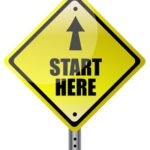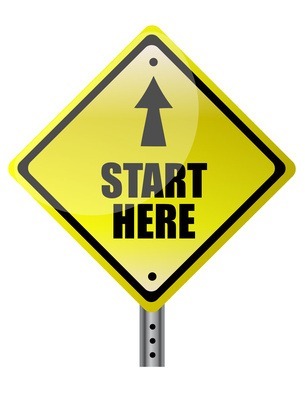 You find yourself with an unexpected day (or even 1/2-day) – maybe an appointment was cancelled, a project was completed early, or you have a sick child causing you to be at home unexpectedly. You’ve decided to take this time to do something you’ve been putting off for a very long time: tackle the paper piles in your office. You are ready to dive in, but don’t know where to begin. Following are the steps I recommend for working through those piles in an efficient and productive way.
You find yourself with an unexpected day (or even 1/2-day) – maybe an appointment was cancelled, a project was completed early, or you have a sick child causing you to be at home unexpectedly. You’ve decided to take this time to do something you’ve been putting off for a very long time: tackle the paper piles in your office. You are ready to dive in, but don’t know where to begin. Following are the steps I recommend for working through those piles in an efficient and productive way.
1. First, clear your desktop. This is normally where will find the most recent papers. It is important to start with the most current information and set up systems to deal with anything new coming in. Separate anything that is active (current projects, bills to pay, calls to make, appointment reminders, etc) from items that are reference (need to keep but not currently active). Put the reference items in a box, or pile off to the side. If there are other areas in your office that contain items that require action in the near-term, sort through those as well.
2. Next, deal with the “active” pile. Go through each paper one by one and make a decision on where it goes (remember, clutter is postponed decisions). You may need to enter something into your calendar or contact system, create a task, add the paper to your tickler file, create a new active project file or throw it in the trash. Don’t put the paper back down without making a decision.
3. Now it’s time to deal with the “reference” pile. If you have a filing system you like, then it is as simple as working through each paper and putting it in the appropriate file. If you don’t have a filing system, or are ready for something new, then you have some decisions to make. Consider a numerical system with a computerized index for easy set-up and maintenance. Or you may want to file by topic or alphabetically depending on the types of papers you are dealing with. The most important thing is to have a system that works for you and anyone affected by it. Start creating your files and put the papers in them. Note: if you don’t currently have file drawers available in your office, you can use boxes as a temporary solution. Then simply pull the files out and drop them in your long-term fling solution once you have it.
4. Depending on the amount of paper you have, you may or may not get through everything in the time that you have. Before the end of the day, schedule in time to complete the task. If you are lucky enough to get through your paper, you may move on to your desk drawers and storage closets. Sort like items together, declutter as necessary, store the remainder in the appropriate spots and label. Make a note of any new storage systems you’d like to purchase to complete your system.
As you are working through your office, write down anything that you think may help to improve your productivity in the future. For example, would you like to move towards a more paperless environment? Do you need a better contact management system? Is your email and calendar system not working the way you would like? Determine how you will address the issues and schedule in the first step towards the solution.
Last, but not least, reward yourself for time well spent and enjoy your new productive environment!


Recent Comments